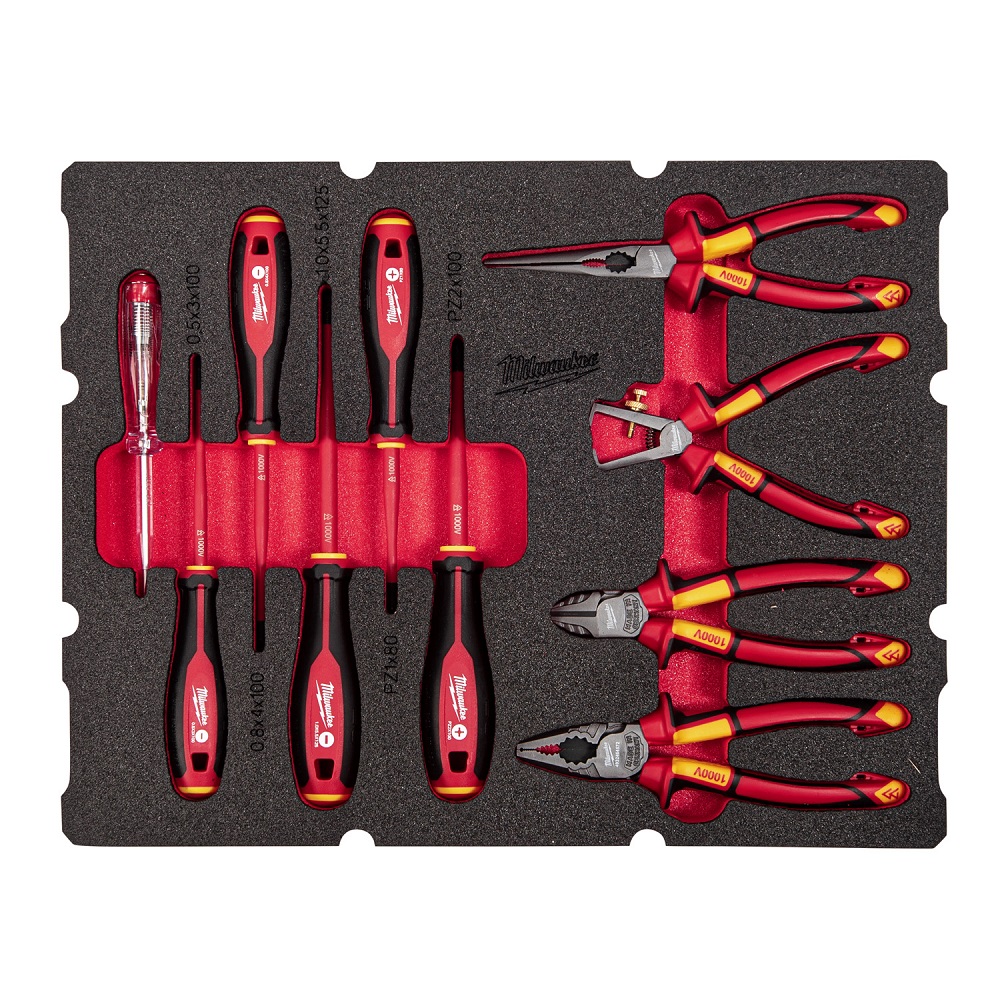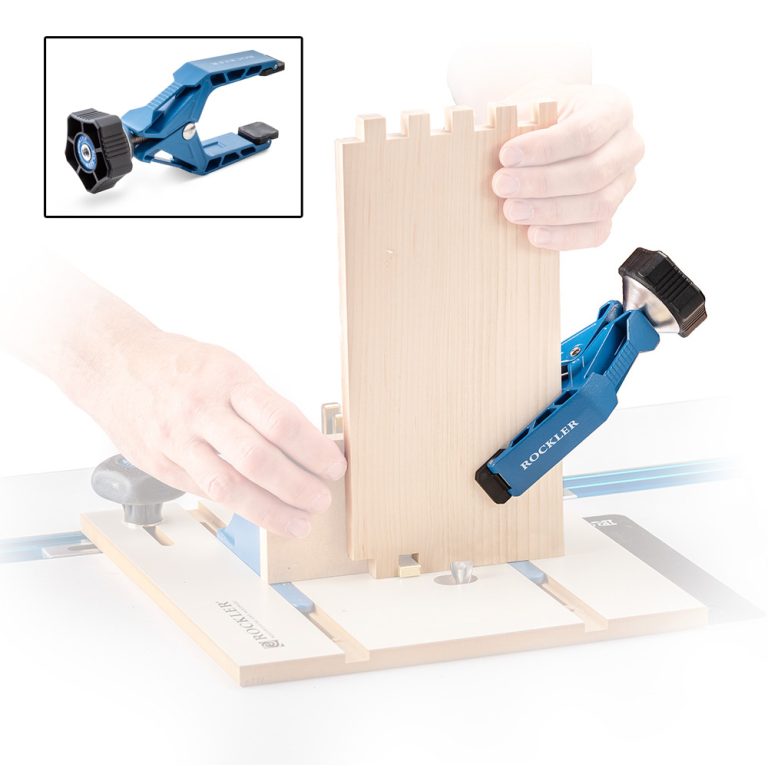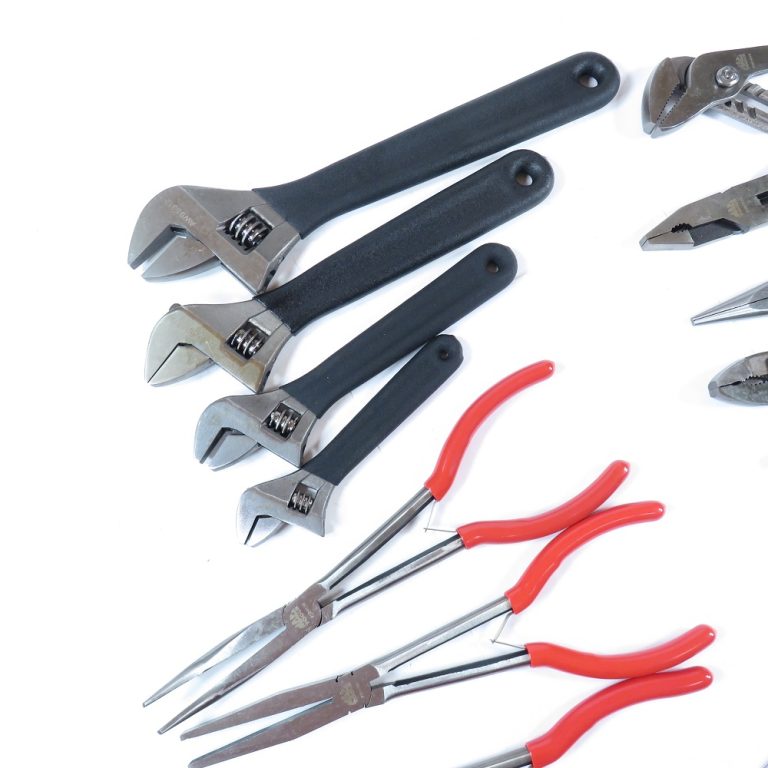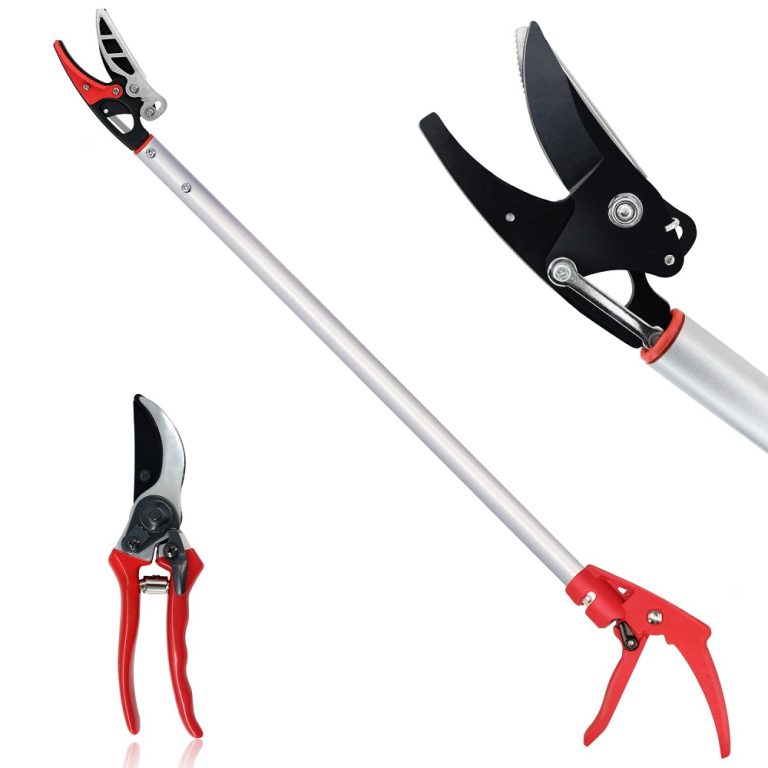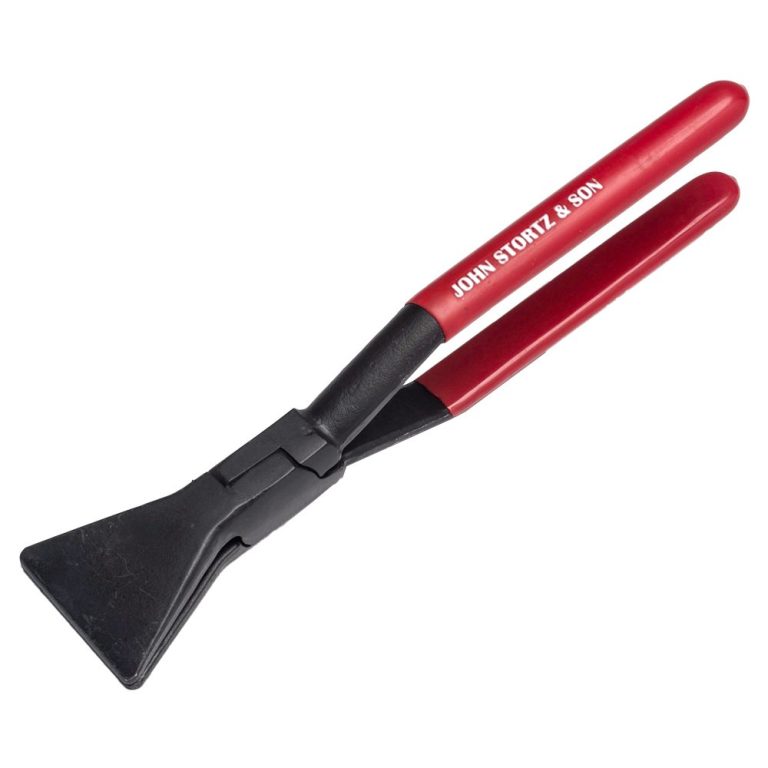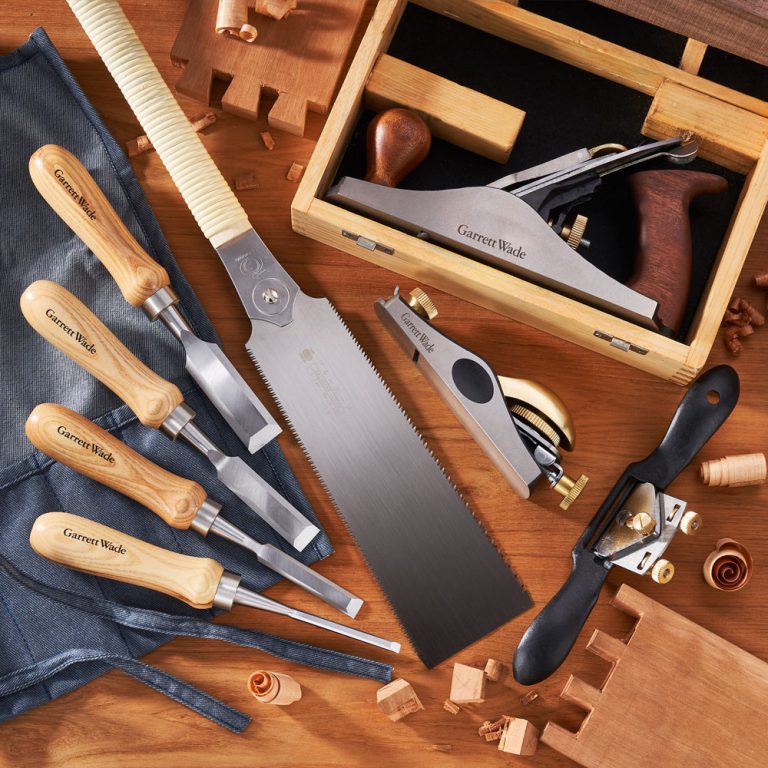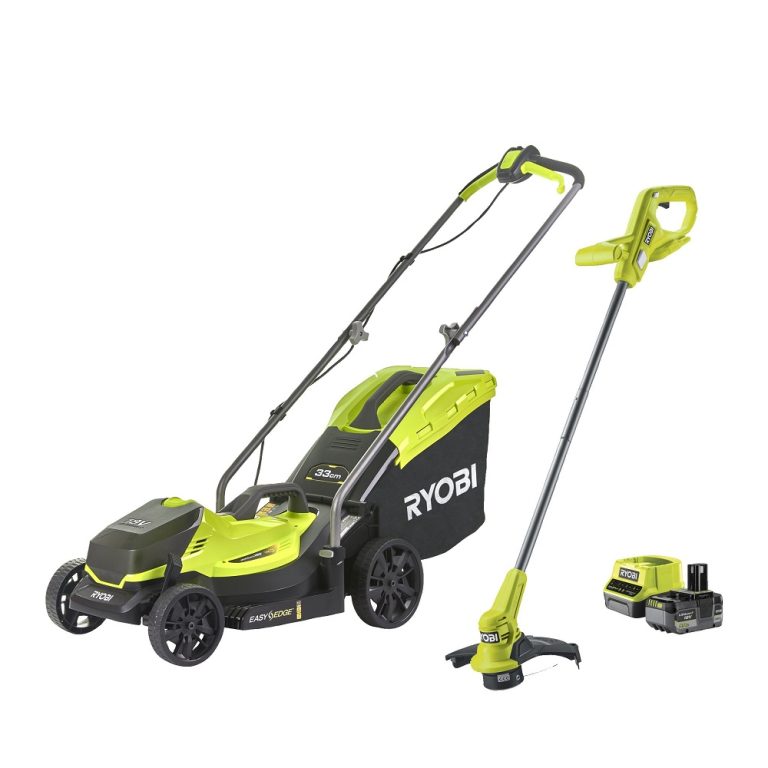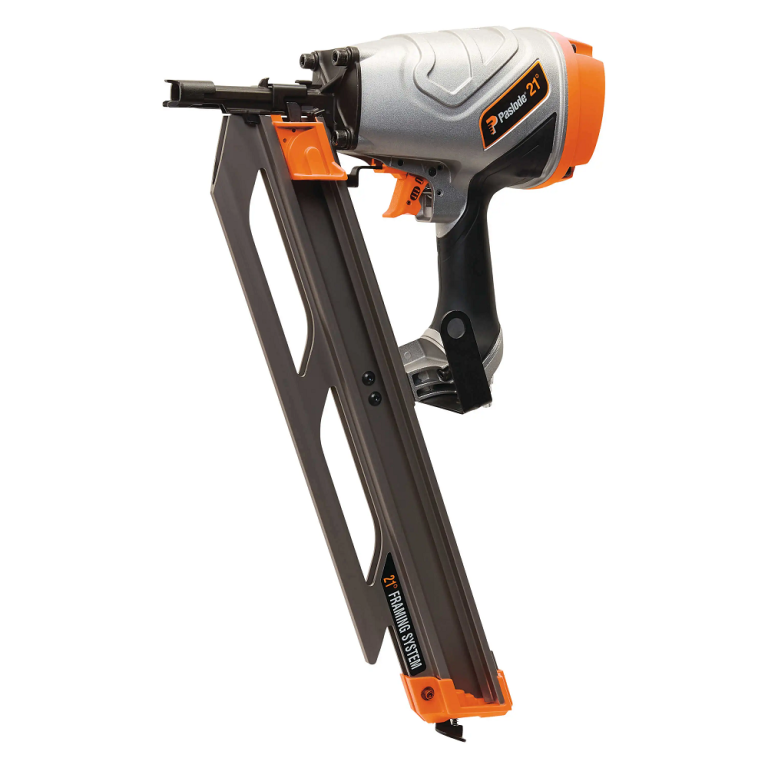Introduction to Electrician Tools
Electricians play a crucial role in our daily lives, ensuring that our homes, workplaces, and public spaces are safe and functional. Their work involves installing, maintaining, and repairing electrical systems, which can often be complex and hazardous. To perform these tasks effectively and safely, electricians rely on a variety of specialized electrician tools. Understanding the essential tools of the trade is vital for both aspiring electricians and seasoned professionals.
Electrician tools not only enable the technician to complete their tasks efficiently but also ensure safety during their work. Many tasks require precision, and using the right tools can make all the difference. In this article, we will explore the must-have tools for electricians, their specific purposes, and tips on how to use them safely. By the end of this guide, you will have a solid understanding of the essential equipment needed for effective electrical work.
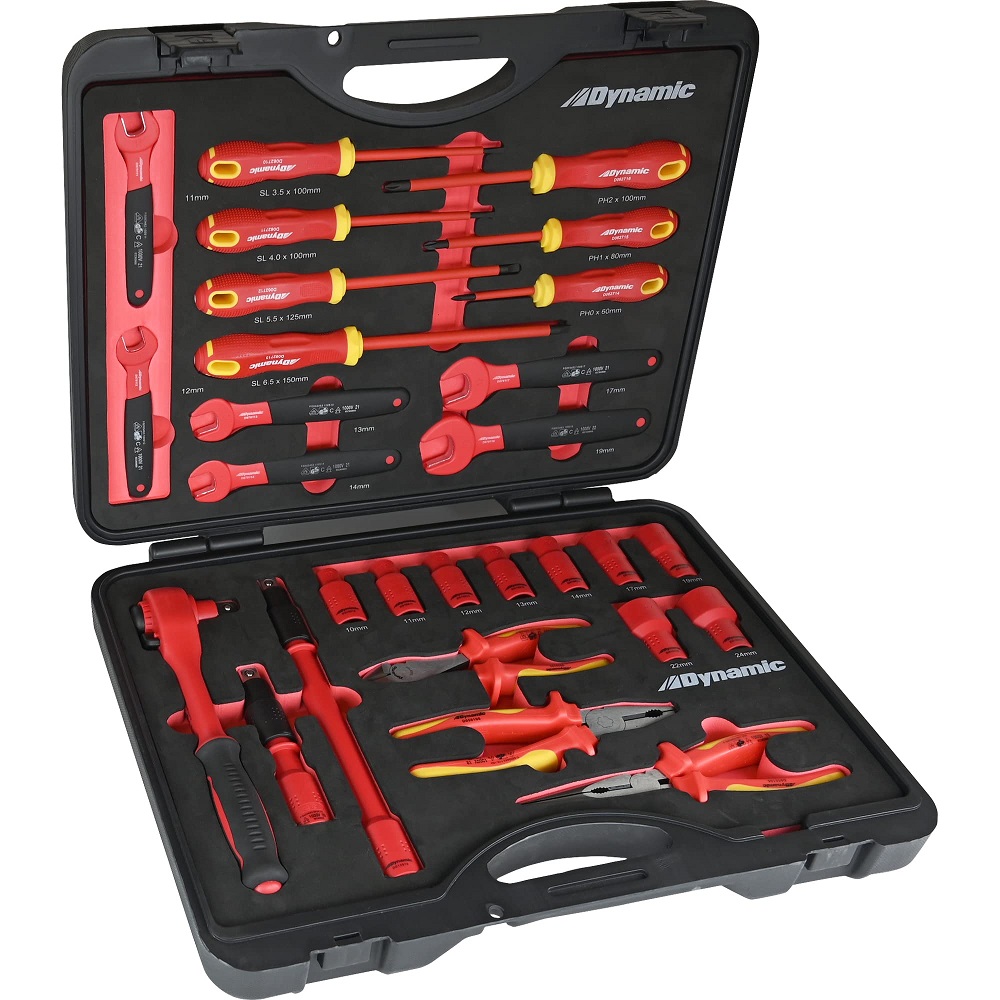
Hand Tools for Electricians
Screwdrivers
A quality set of screwdrivers is essential for any electrician. These tools are used to install and remove screws in various electrical devices and fixtures. Electricians should have a variety of screwdrivers, including flathead and Phillips head types. Additionally, insulated screwdrivers are a must-have for safety, as they protect against electrical shock while working on live circuits.
When selecting screwdrivers, it’s important to choose ones with comfortable, non-slip grips. This ensures that electricians can maintain control while working in tight spaces. A well-organized tool bag that holds different sizes and types of screwdrivers can save time and make tasks easier. With the right screwdrivers, electricians can work more efficiently and securely, handling a wide range of fastening tasks.
Pliers
Pliers are another essential tool in an electrician’s toolkit. They come in various types, including needle-nose pliers, standard pliers, and wire-cutting pliers. Each type serves a specific purpose, allowing electricians to grip, twist, or cut wires effectively. Needle-nose pliers are particularly useful for reaching into tight spaces, while wire-cutting pliers can quickly trim excess wire during installations.
Having a set of high-quality pliers ensures that electricians can work efficiently and safely. Pliers with insulated handles are especially vital for preventing electrical shock when working with live wires. By investing in good-quality pliers, electricians can enhance their productivity and perform a wide variety of tasks with ease.
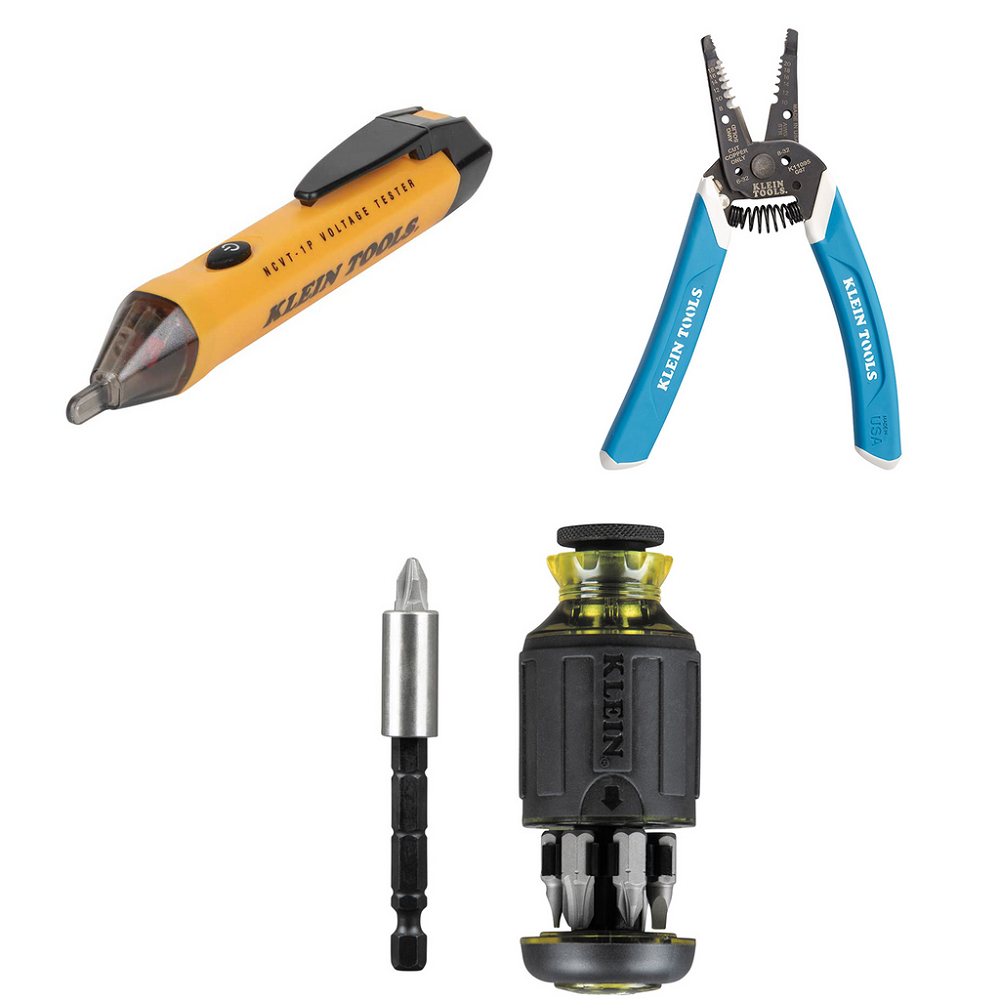
Power Tools for Electricians
Drills
Cordless drills are indispensable tools for electricians, allowing them to quickly bore holes through walls, ceilings, or floors. They are used to create space for electrical wiring, install fixtures, and secure electrical components. The convenience of a cordless drill means less hassle with tangled cords and more freedom of movement when on a job site.
When selecting a drill, consider factors like battery life, torque, and RPM (rotations per minute). A drill with adjustable speed settings can provide versatility for different tasks, while a robust battery ensures a longer usage time without frequent recharging. Having a reliable drill in an electrician’s toolkit makes various tasks easier and increases overall efficiency.
Impact Wrench
An impact wrench is a powerful tool used to tighten or loosen bolts and nuts quickly. This tool is especially useful when working with heavy electrical equipment or appliances that require secure fittings. Its high torque output allows electricians to work more efficiently and effectively without the physical strain associated with manual tools.
When using an impact wrench, it is essential to follow safety protocols and ensure that you are using the correct size socket for the job. Proper handling techniques will help prevent damage to the tool and ensure personal safety. An impact wrench can significantly cut down time on installations, making it a valuable addition to any electrician’s power tool collection.
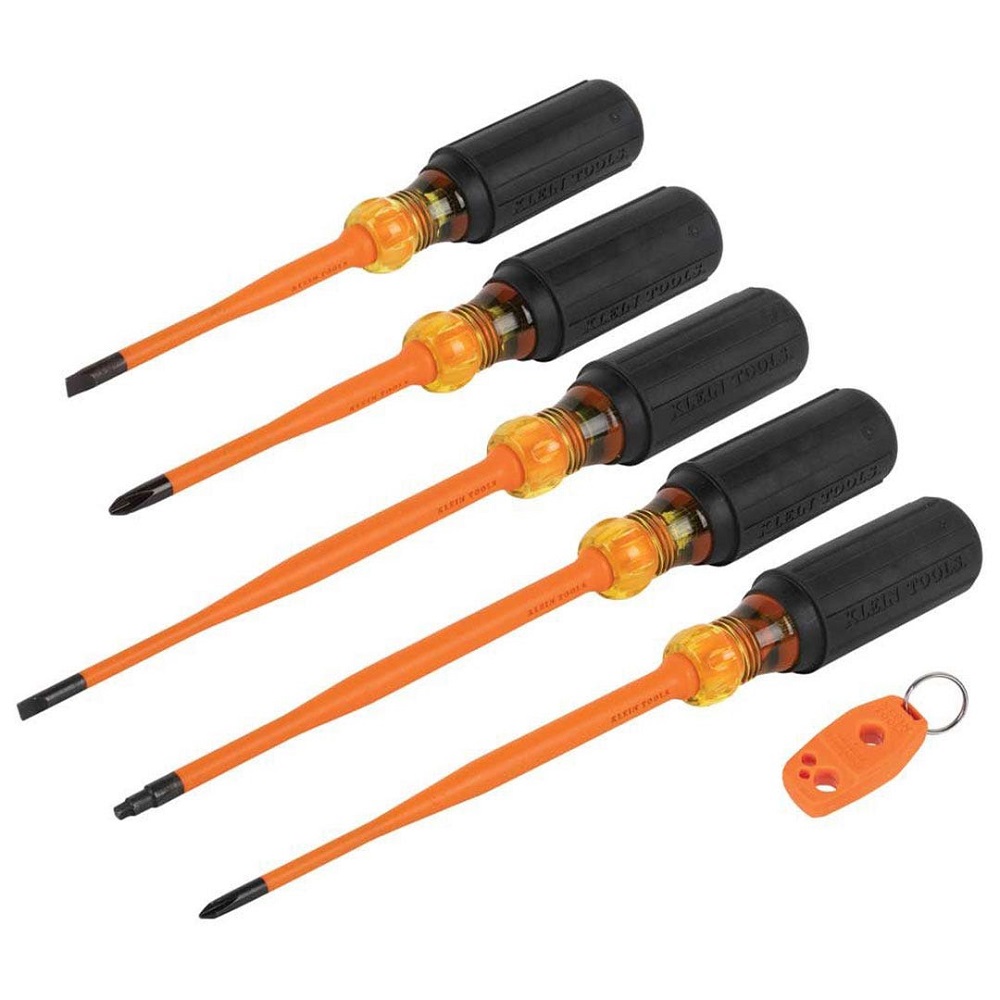
Measuring and Testing Tools
Multimeter
A multimeter is an essential measuring instrument for electricians. It can measure voltage, current, and resistance in electrical circuits, helping technicians troubleshoot problems effectively. During installation or repair, a multimeter helps ensure that systems are functioning correctly and safely.
When selecting a multimeter, consider one that is user-friendly and has a digital display for easy readings. Safety features such as overload protection and a variety of measurement ranges are essential for safe operation. Familiarizing oneself with how to use a multimeter properly ensures accurate measurements and efficient problem-solving capabilities.
Circuit Tester
Circuit testers are vital electrician tools used by electricians to determine whether a circuit is live or if there are any issues present. These simple devices can be invaluable during troubleshooting, allowing electricians to quickly assess electrical components without risking personal safety. Basic circuit testers provide a clear indication of electrical flow, ensuring that technicians can work safely.
When using a circuit tester, it’s important to follow the manufacturer’s instructions carefully to ensure accurate results. Different types of testers are available, including non-contact voltage testers that allow electricians to check for power without making direct contact with wires. Reliable circuit testers are invaluable for preventing electrical accidents and ensuring a safe working environment.
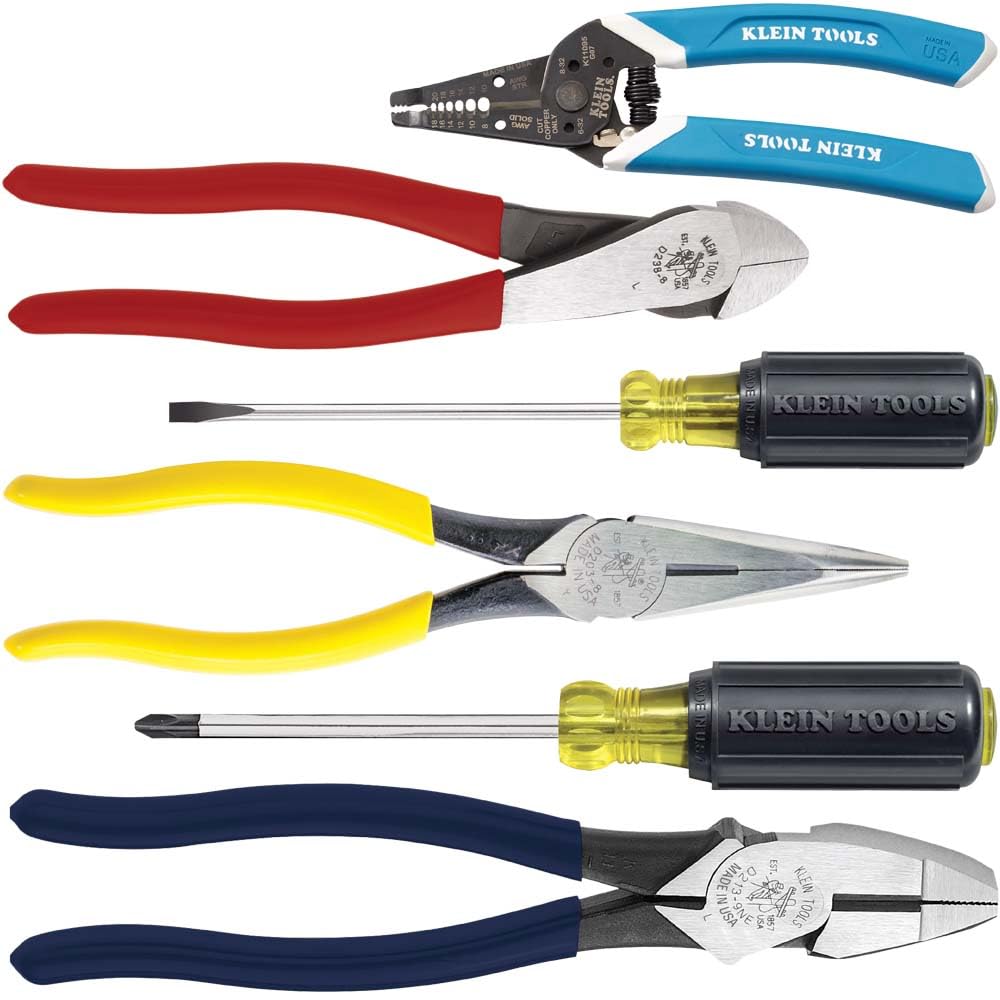
Safety Gear for Electricians
Personal Protective Equipment (PPE)
Safety is a paramount concern for electricians, which is why having the right personal protective equipment (PPE) is essential. Items such as safety glasses, gloves, and hard hats protect electricians from potential hazards. Safety glasses shield the eyes from debris and flying objects, while gloves provide protection against electrical shocks.
It is also important to wear non-conductive footwear, which helps protect against electrical hazards. Rubber-soled shoes can provide insulation against shocks. Wearing appropriate PPE not only keeps electricians safe but also encourages adherence to workplace safety standards. Always prioritize safety when working in potentially hazardous environments.
First Aid Kit
An often-overlooked aspect of an electrician’s toolkit is a well-stocked first aid kit. Accidents can happen in the workplace, so being prepared to address minor injuries is crucial. The first aid kit should include items such as band-aids, antiseptic wipes, gauze, and adhesive tape. Additionally, it is important to have a pair of scissors and tweezers on hand.
Regularly inspecting and replenishing the first aid kit ensures that it is ready for emergencies. Taking the time to train in first aid can also be beneficial, allowing electricians to respond effectively to minor injuries. By having a first aid kit readily available, electricians can enhance workplace safety and preparedness.
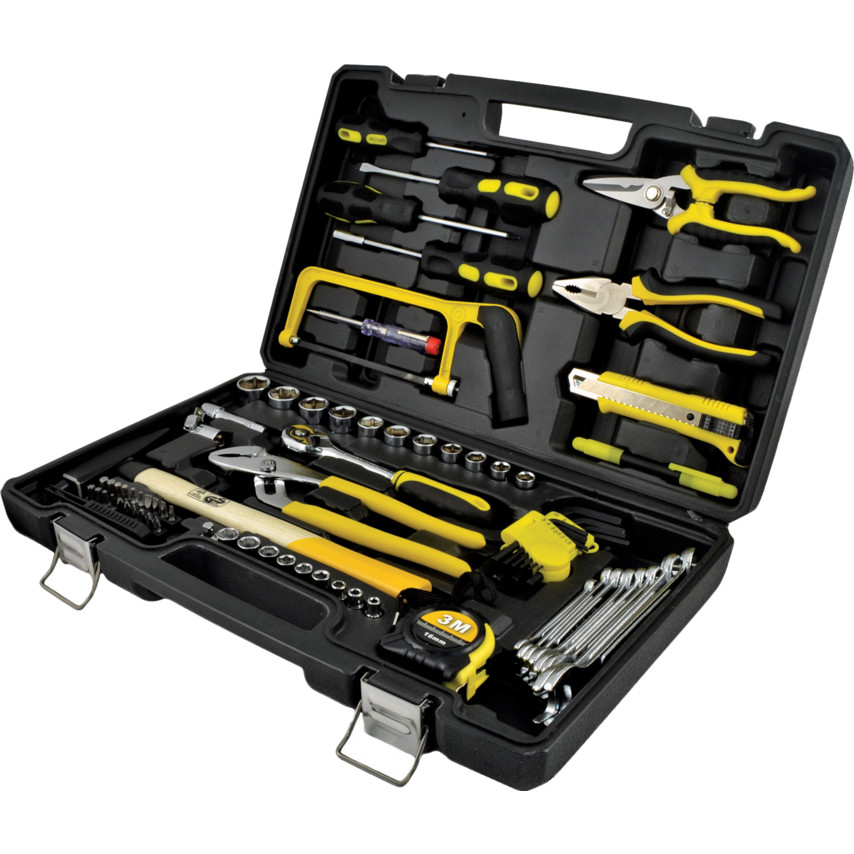
Tips for Organizing and Maintaining Tools
Keeping Your Tools Organized
Organizing your electrician tools is essential for maximizing efficiency and ensuring quick access when needed. Consider using a tool belt to keep commonly used hand tools within reach. For larger tools such as drills and saws, a dedicated toolbox or technician’s bag can provide organization and protection. Clearly labeled compartments and organizers can help you quickly identify and retrieve the tools you need.
Additionally, regular maintenance of tools is necessary to keep them in optimal condition. Regularly inspecting each tool for damage and removing rust or debris can prolong their lifespan and ensure safety. A well-organized and maintained toolkit enhances productivity, reducing downtime during projects.
Calibration and Care
Regularly calibrating measuring electrician tools such as multimeters and torque wrenches ensures accurate readings and performance. Calibration should be performed according to manufacturer instructions or at specified intervals. Proper care can significantly reduce the risk of faulty readings caused by wear and age.
Further, proper cleaning of tools after use is essential to maintain their efficiency. Keeping tools clean and dry prevents corrosion and prolongs their effectiveness. Investing time in calibrating and caring for your tools is well worth the effort, resulting in greater reliability while working in the field.
Conclusion: The Importance of Quality Tools
Investing in Quality Equipment
In conclusion, having the right electrician tools is essential for any electrician aiming to ensure safety and efficiency. The variety of tools available, from hand tools to power tools, each serve specific functions that contribute to the success of electrical work. As you build your toolkit, it is essential to invest in high-quality equipment that will last and perform reliably.
Quality tools can enhance your performance on the job, leading to quicker completion times and higher standards of work. The more reliable your tools, the more confidence you will have in your abilities. This investment not only pays off in speed and quality but can also improve overall job satisfaction.
Continuous Learning and Adaptation
The world of electrical work is continually evolving, with new tools and techniques emerging regularly. Staying informed about advancements in equipment and technology helps electricians remain competitive and efficient in their craft. Continuous learning through workshops, courses, and online resources can provide insights into best practices and innovations in the field.
Embracing these changes equips electricians with the knowledge and skills needed to tackle modern challenges effectively. By prioritizing quality tools and ongoing education, electricians can enhance their service offerings and ensure safety and efficiency in their work. The combination of high-quality tools and a commitment to skill advancement ultimately leads to a successful and rewarding career in the electrical trade.
